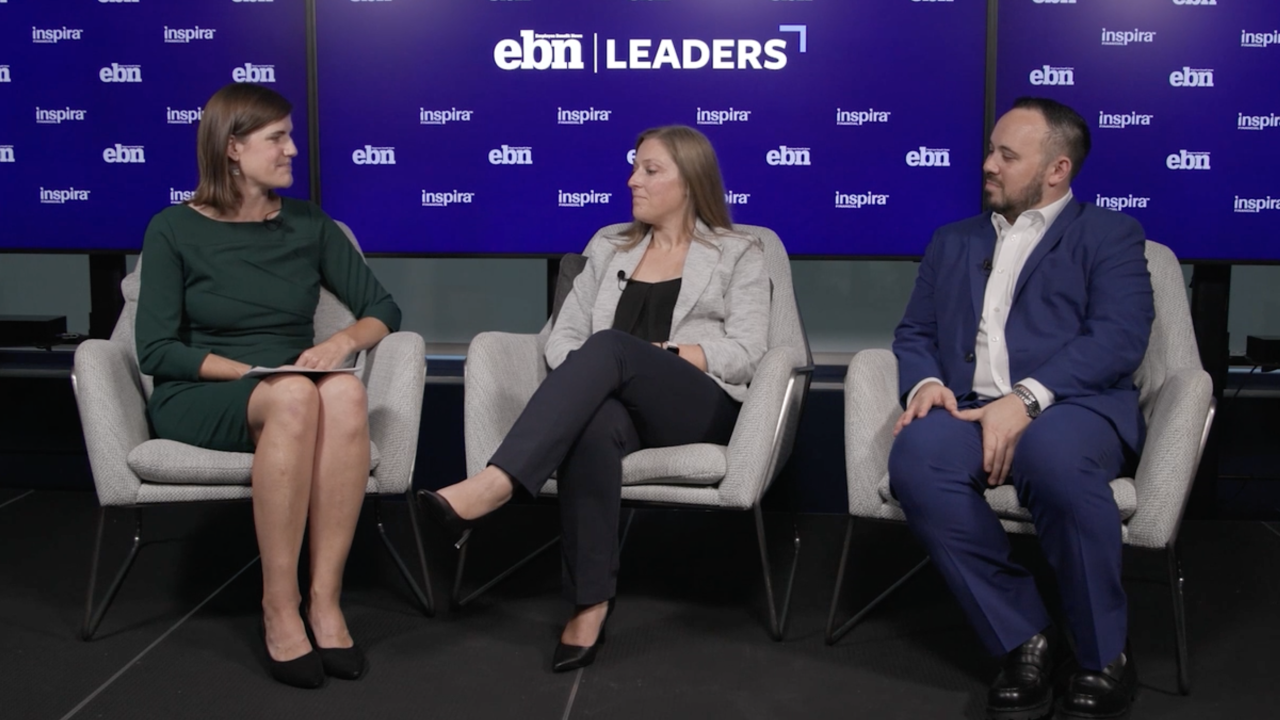Yet at accounting firm EY, data is helping them understand exactly what is making the biggest impact, and how employees are engaging with the company's offerings. Their Vitality Index is a 10-part survey sent to employees three times per year, giving leaders a deep dive into the
"We're obviously a firm that values data in everything that we do, so it was really important for us to put it into the [wellness] space," says Frank Giampietro, EY's chief well-being officer. "It adds some level of credibility, but we also want to make sure we were spending our time and attention on stuff that had the maximum impact."
Read more:
For example, EY's index revealed that employees who
"One of the things we learned was that people who take two days a month during the course of the year have the best overall well-being experience, and we also know it increased the likelihood to stay by 1.6 times," he says. "So we can bring that insight to our leaders and say, 'Hey, we can give you the data, but it's really important for you to make sure you're having conversations and being planful about taking time off on a regular basis.'"
Read more:
Additionally, EY's index found that employees who received regular recognition and rewards also had a higher level of well-being. This is helping EY invest in and be more deliberate with their recognition efforts, and leaning into the idea that well-being is a "team-sport," Giampietro says.
"If we can work together at that team level to put good behaviors in place, it really is a place where we see a lot of lift," he says. "How do we support each other and how can we do that in the context of what our work days look like?"
Driving those questions is the broader desire to
EY surveyed participants at the start and end of the program and found an 18% increase in energy, an 11% increase in employees' ability to think more clearly, and a 14% decrease in rumination, which often can be a distraction to productive work.
"This idea of focus and working in a non-distracted way, we recognize the impact to our brains and our bodies," Giampietro says. "We really look at mindfulness as a great personal tool and practice to be able to operate in that state on a regular basis at work and at home."
Read more:
With good data at hand, EY can empower managers to carry out all of the initiatives the company hopes to implement. While Giampietro acknowledges that managers are not expected to be professional mental health counselors, and also have their own well-being to tend to, it's important employees feel supported and heard.
"We're not expecting any of our leaders to be clinicians and we understand that there's a proper role for them to play," he says. "That is really to just have a good sense of how their people are doing, and then direct them to the right resources. We have some really good data that's shown what teams have been able to do by focusing on this together."






